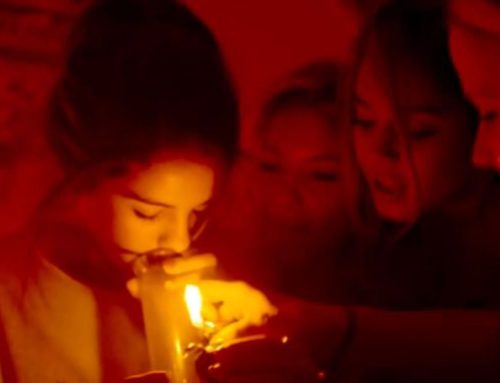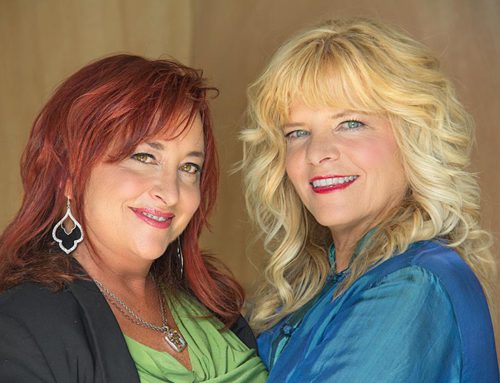Excluded by both straight and lesbian peer groups, bi women face one of the most challenging psychological spaces.
“Mary Jane” is just a euphemism, but if she were a person, she’d definitely be bisexual.
Public health researchers have already established that bisexual women use cannabis at much higher rates than straight and lesbian women. The 2000 National Alcohol Survey showed that nearly 38 percent of bisexual women reported marijuana use in the last year compared to only 5 percent of straight women and just over 20 percent of lesbians. Another recent study of a representative sample of U.S. college students found that bisexual women were nearly three times more likely to have used marijuana than lesbian and straight women.
But researchers are just beginning to understand why bisexual women have such high rates of cannabis use. Dr. Margaret Robinson, a research scientist at the Ontario HIV Treatment Network, has been conducting one-on-one interviews and focus groups with a small group of bisexual women in Toronto in order to understand the motivations behind this behavior.
Based on her findings, published in the journal Psychology of Sexual Orientation and Gender Diversity, Dr. Robinson argues that bisexual women live at a unique intersection of stigma and social exclusion that may influence their marijuana use. Although it’s a remarkably safe drug relative to alcohol, heroin, cocaine, and other illicit substances, its high use among bi women is one of the starkest indicators of the isolation they experience at the intersection of their gender and sexual orientation.
“My concern isn’t with bi women using cannabis so much as it is with what’s prompting the high rates of cannabis use,” Dr. Robinson tells The Daily Beast. “People use substances for a reason, so when we see a pattern like this in the U.S., Australia, France, and the U.K., we have to wonder what’s going on.”
At first glance, many of Dr. Robinson’s interviewees provide familiar reasons for smoking weed, like managing pain or alleviating anxiety. But several of them cited motives that were directly related to their bisexuality. Some claimed that experiences of rejection or exclusion within both heterosexual and lesbian peer groups contributed to their increased smoking.
“I think that, in some ways, the anxieties that we experience as being sort of a ‘sandwich community’ which isn’t really here and isn’t really there plays into why more of us smoke,” one woman, 48, told Dr. Robinson.



